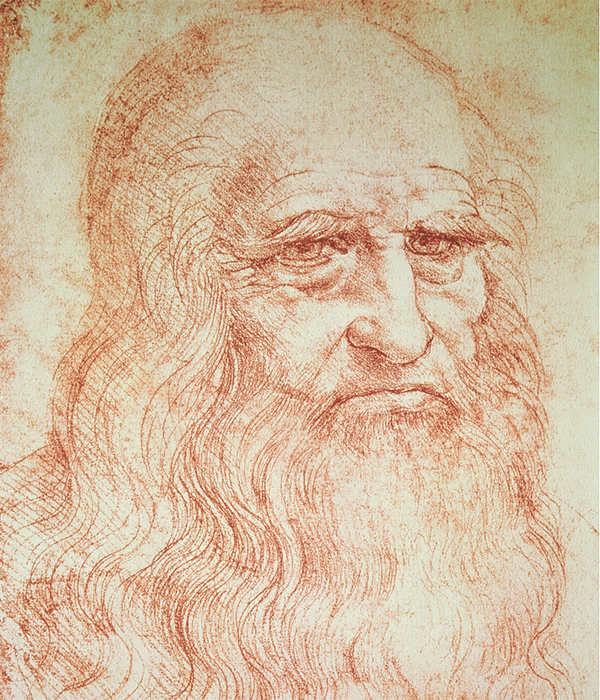The history of contact lenses
The history of contact lenses is quite fascinating, and you might not have guessed that the concept was initially proposed by the renowned painter Leonardo da Vinci.

In 1509, da Vinci immersed his head into a glass bowl filled with water and observed that objects, initially blurry, became clear. While he didn't directly connect this phenomenon to correcting vision, the idea of using a glass surface to replace the optical function of the cornea is essentially the principle behind contact lenses. Da Vinci even sketched his conceptualization, making it one of the earliest recorded descriptions of contact lenses. In 1636, René Descartes also made similar suggestions.
Inspired by da Vinci, numerous concepts were envisioned. Some proposed attaching a water-filled tube directly to the eye's surface, but this prevented blinking. Others suggested hiding the tube beneath the eyelid, filled with animal gelatin, which was a rather impractical idea. However, none of these ideas proved feasible.
The actual invention of contact lenses would have to wait for over two centuries. In 1888, German ophthalmologist Adolf Fick created the first contact lenses by shaping glass lenses larger than the cornea to correct vision. These were essentially the world's first contact lenses, known as scleral lenses. Around the same time, Dr. August Müller also created similar lenses that conformed to the eye's proportions but caused intense pain when worn. Despite the discomfort, they did improve vision.
The main challenge at the time was how to fit contact lenses snugly to the eyes, and the only method was to create molds based on the shape of the eyeball. However, this approach was inaccurate, uncomfortable, and risky. Moreover, these lenses tended to slip and were challenging to remove, sometimes getting stuck in the eyes. The large and thick glass lenses were uncomfortable and did not allow oxygen to reach the cornea, causing significant issues.
To overcome these issues, new materials were needed. In 1928, the invention of polymethyl methacryl
Post time: May-25-2022

